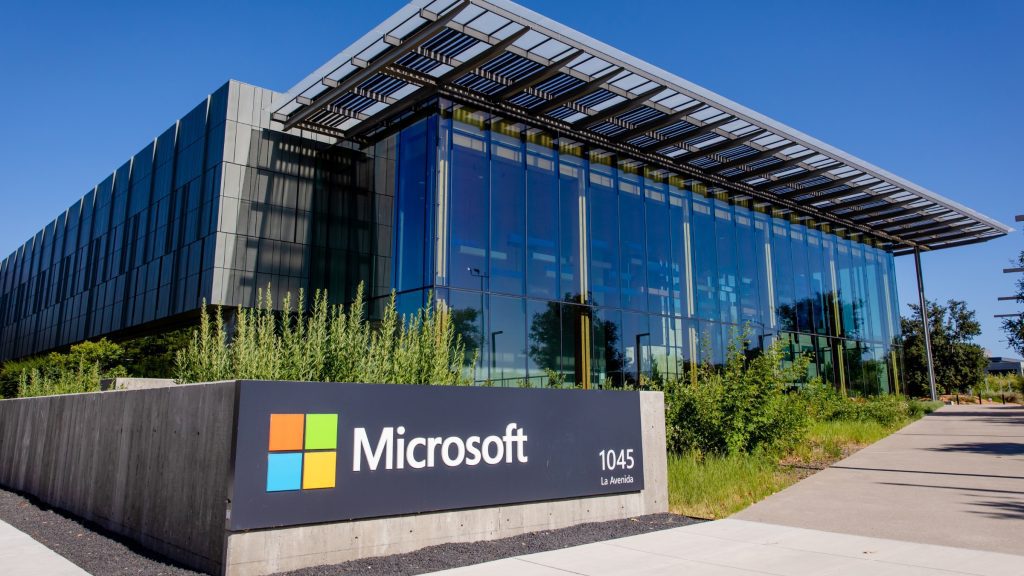
On Monday, Microsoft announced it will replace passwords with passkeys, further pushing its Microsoft multi-factor authentication strategy to combat cyber threats with security, accessibility, and user experience.
Passwords have long bathe bedrock of online security, but the weaknesses have also become increasingly obvious in the wake of increasingly advanced cyberattacks. Microsoft password replacement is making a big move in digital authentication to make up for the inability of passwords to do their job and open a path for creative solutions like passkeys.
Passkeys promise seamless user experiences and phishing-resistant credentials by leveraging biometrics and other advanced technologies to counter security challenges. Yet, this transition comes with a lot of challenges such as passkeys vs passwords that must be navigated with due care for complete acceptance and confidence. As the digital world is changing, so is Microsoft’s vision of a password-free future setting the stage for a transformative leap in cybersecurity.
Why Passkeys Are the Future
Designed to authenticate users with biometrics—such as fingerprints or facial features, the promised advantage of passkeys is that it leads to Microsoft forcing multi factor authentication and reduce vulnerability. “They also eliminate forgotten passwords and reduce support calls,” Microsoft added. Unlike typical passwords, passkeys also can’t be stolen through common attacks: phishing.
But the transition to passkeys will not occur without its hiccups. Loss of devices, migration troubles, and inconsistencies of support across different platforms were some reasons pointed out by the UK’s National Cyber Security Centre (NCSC).
“Passwords are just not a good way to authenticate users on the modern internet,” said the NCSC, emphasizing broad-scale adoption of this feature to plug most security gaps.
Microsoft multi-factor is being very conservative with the rollout, running extensive user studies to ensure the technology integrates as seamlessly as possible.
“We ran multiple user studies and tested every pixel in our nudge screen to answer the question: What would motivate a user to stop what they’re doing and enroll a passkey?” says the company.
Challenges to Mass Adoption
While the push for passkeys represents progress, several hurdles remain. The NCSC identified ten critical obstacles, including the complexity of account recovery and inconsistencies across platforms. For instance, users may face confusion about passkey terminology or difficulties transferring credentials across devices.
But the general lack of consensus on when and how to implement passkeys has cooled real-world adoption. For Microsoft 365 enable multi factor authentication and other technology companies, though, the long-term vision is a world without passwords.
“Even if we get our more than one billion users to enroll and use passkeys, if a user has both a passkey and a password. the account is still at risk for phishing,” the company said.
But despite these challenges, the work by Microsoft multi factor authentication issues and the FIDO Alliance, among other stakeholders, continues to accelerate progress. Divided implementation threatens trust, warned the NCSC.
While optimistic, Microsoft multi-factor has remained pragmatic with this transition.
“Our goal is to eventually remove passwords altogether and have accounts that only support phishing-resistant credentials,” stated NCSC. The transition of multi-factor authentication app from Microsoft to passkeys thus will be a step in the right direction toward strengthening security against AI-powered attacks.
Inside Telecom provides you with an extensive list of content covering all aspects of the tech industry. Keep an eye on our Tech sections to stay informed and up-to-date with our daily articles.